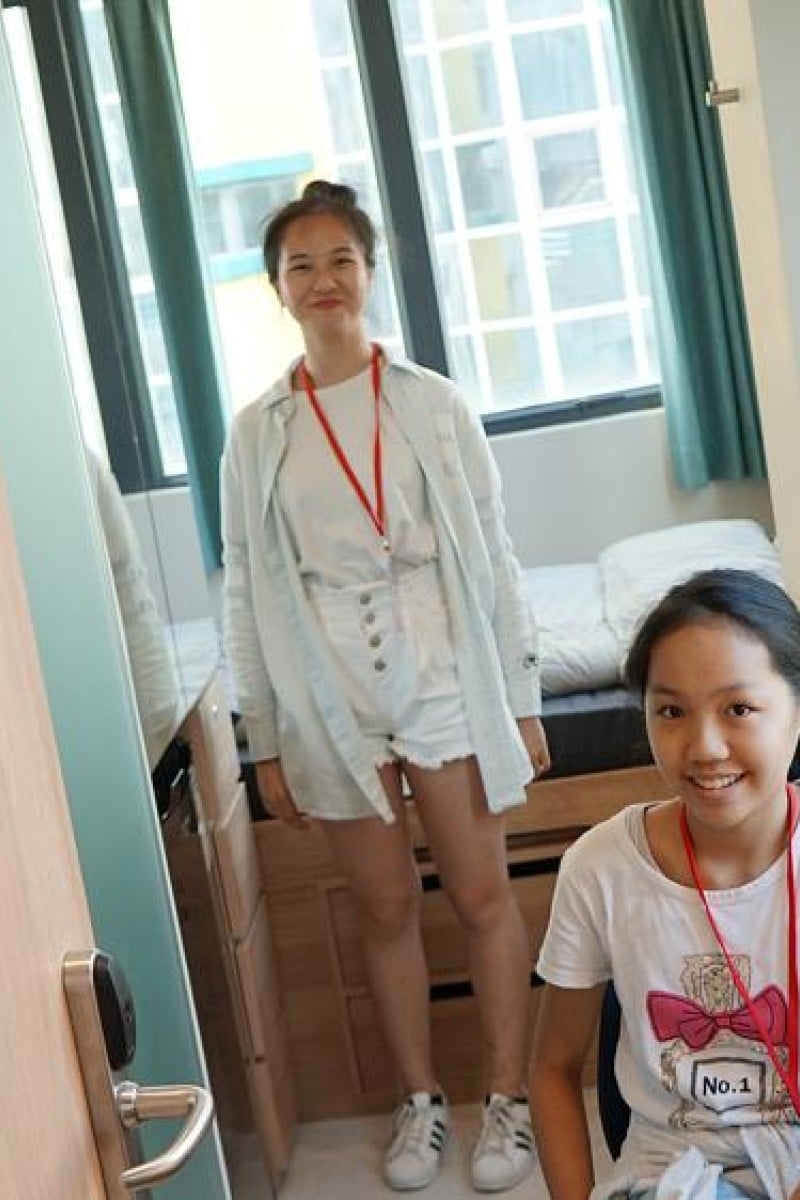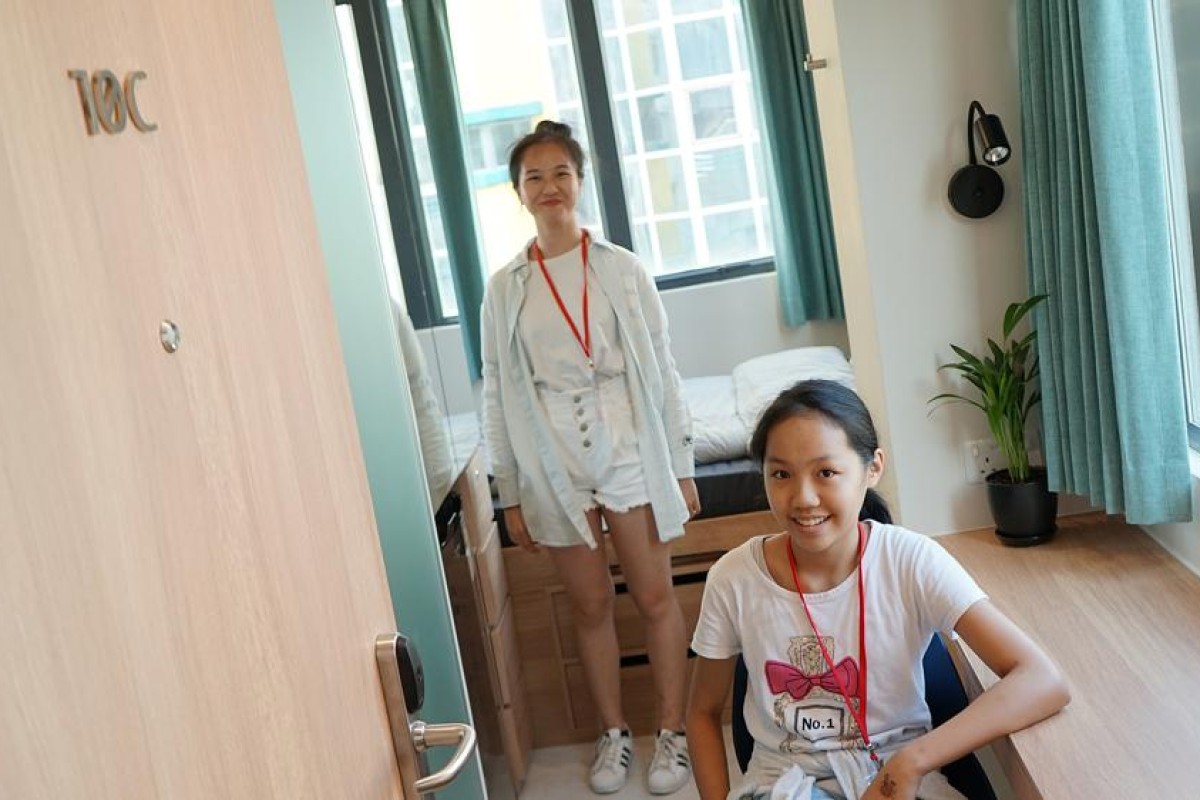
Exploring the pros and cons of co-living for young people in Hong Kong
With sky-high rent making it difficult for young people to leave home, could co-living be the solution?
 Eunice (left) and Chloe check out the bedrooms at Weave.
Eunice (left) and Chloe check out the bedrooms at Weave.With the seemingly never-ending rise in house prices in Hong Kong, it can cost an arm and a leg to rent even a really small flat. It’s because of this that the concept of co-living was born in the city. We went to Weave On Boundary, a co-living space in Prince Edward, to find out more about the concept.
Comfort and convenience
In co-living spaces, tenants usually have their own bedroom, but share facilities like the kitchen, bathrooms and living areas. Co-living is a lot cheaper then normal renting, and also encourages tenants to form a community.
The 13-storey Weave On Boundary on Boundary Street feels a bit like a university halls of residence, but more grown-up.
Talking points: How can we eliminate the problem of caged homes and subdivided flats in Hong Kong?
“We want to make sure our residents have a comfortable place,” Weave founder and CEO, Sachin Doshi, told Young Post, adding that the location makes it even more convenient. “Residents can get to work easily as there are lots of different transport links here.”
The first two floors of the building are taken up by a vintage-looking restaurant, Fong Waa Parlour, decorated with neon lights. There is also a dart board in one corner where residents can play a game or three. On the third floor is the kitchen and communal living area, which includes a reading corner, a gym, some sofas and a TV – perfect for group movie nights. There are also vending machines dotted around the room to satisfy any late-night cravings.
The rest of the floors have bedrooms, some shared and some private. Shared rooms are around 250 square feet and can sleep four people. They also have a bathroom. These rooms are the least expensive, at around HK$7,200. Standard rooms are for one person and have their own bathroom, but they are only around 100 square feet. Premium rooms are 130 square feet and can fit a double bed.
Weave co-living makes good use of technology to keep the building safe and things running smoothly. It has an app, Wally, which tenants can use to write messages on the activity feed, book communal spaces, leave feedback, or request maintenance or cleaning.
We need to solve Hong Kong’s housing crisis
Co-living: yes or no?
For young adults, students, and newcomers to the city, co-living makes sense. It’s fairly cheap, convenient, and introduces you to a ready-made social group.
Finding somewhere to live in Hong Kong that is both comfortable and affordable is a real challenge, and not everyone can commit to a long-term contract, either. Co-living takes away this pressure, while also ensuring that you have a clean, safe, and well-maintained place to sleep, eat, and relax.
Of course, for some, co-living may still be out of their price range, and they may prefer to forego the perks that co-living offers in favour of renting a room in an ordinary flat.
We should make better use of our countryside to build more urban areas
One other point of concern might also be that the Wally app collects and stores users’ information; given the recent global scandals about online data privacy, this might be a concern for prospective tenants.
Over all, co-living should be seriously considered by young people who want to live on their own in the city, or who want the freedom they might not otherwise enjoy at home.
With co-living spaces like Weave already up and running all over Hong Kong, we predict this trend is only going to get bigger.
Edited by Charlotte Ames-Ettridge